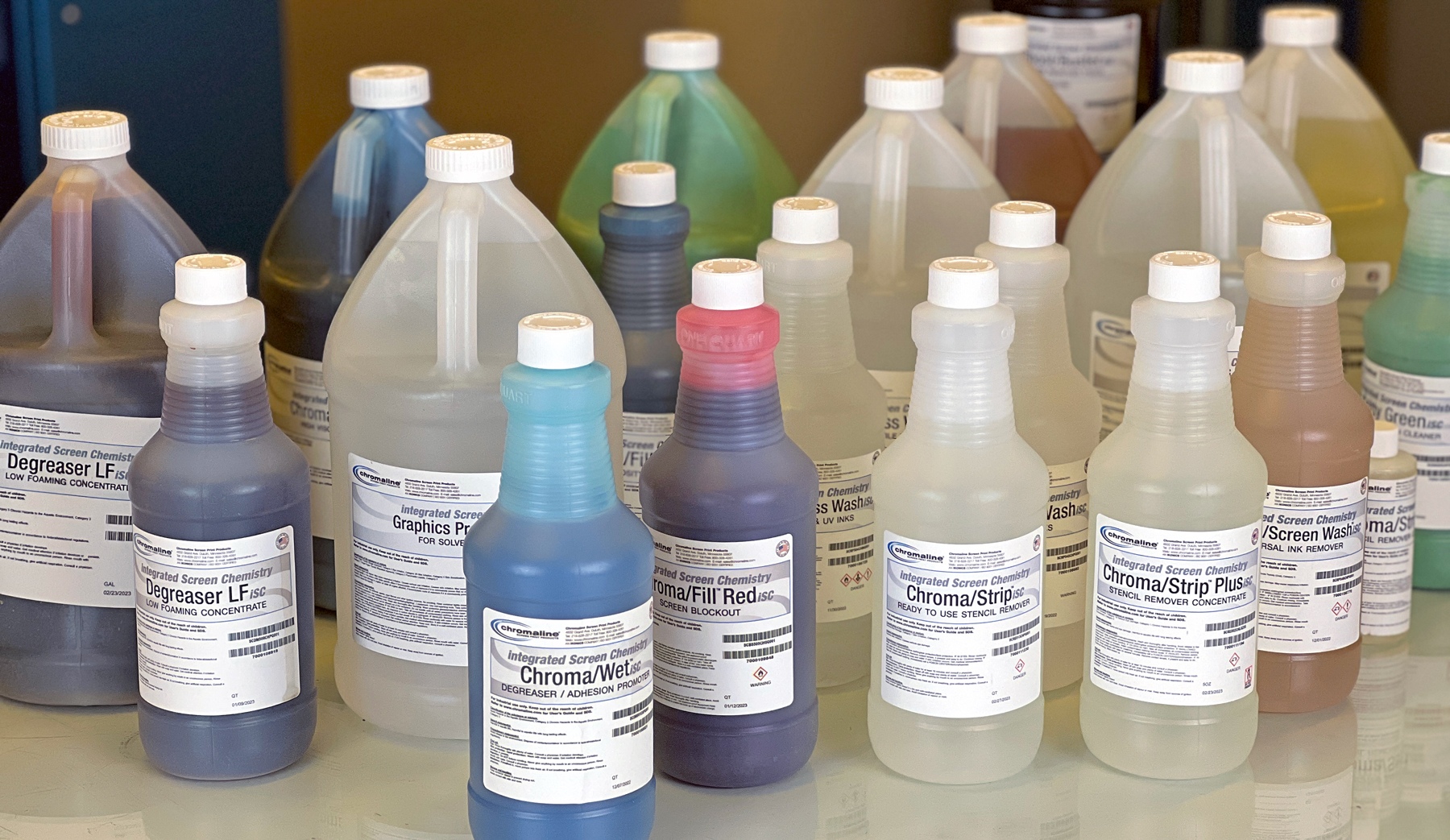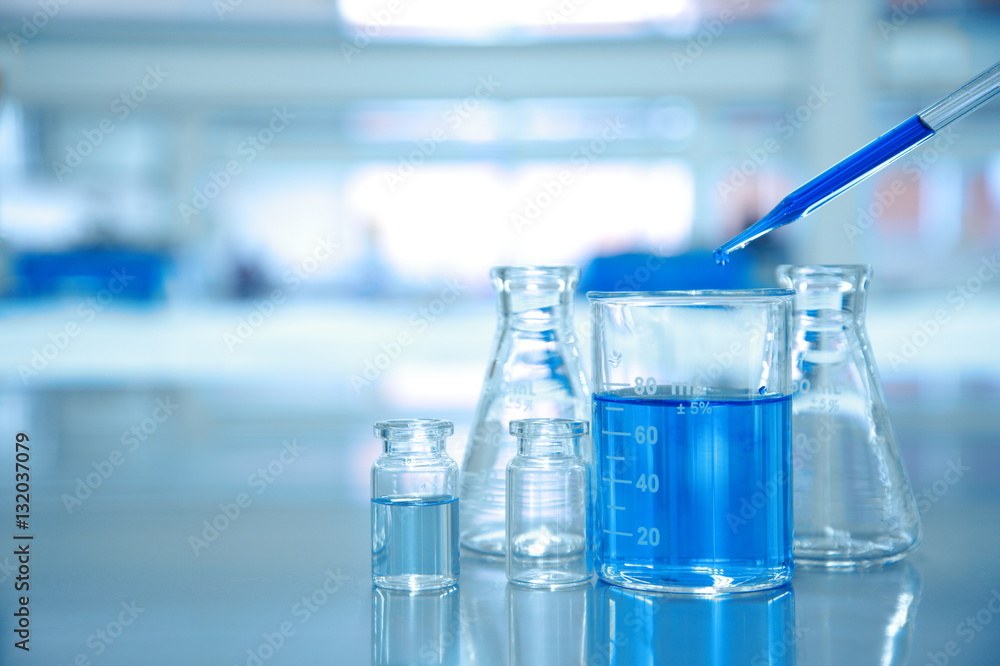How to Choose the Best Chemical Products for Your Specific Sector Demands
How to Choose the Best Chemical Products for Your Specific Sector Demands
Blog Article
A Comprehensive Overview to Assessing Chemical Products for Optimal Integrated Solutions in Manufacturing and Beyond
In the progressively intricate landscape of manufacturing, the evaluation of chemical items stands as a pivotal element in achieving incorporated solutions that focus on security, performance, and sustainability. This thorough overview lays out essential elements such as regulatory compliance, item compatibility, and cost-effectiveness, all while stressing the importance of environmental stewardship.
Comprehending Regulatory Compliance
In the realm of production, understanding regulatory conformity is vital for making sure both product security and ecological protection. Regulatory structures, such as the Occupational Safety and Health Administration (OSHA) requirements and the Epa (EPA) guidelines, determine the secure handling, storage, and disposal of chemical items. Conformity with these laws not only safeguards workers however likewise reduces ecological influence and boosts a business's track record.
Producers need to vigilantly examine the chemical materials they use, ensuring adherence to the relevant safety and security information sheets (SDS) and labeling needs, which give essential details pertaining to dangers and secure usage. Additionally, remaining abreast of industry-specific guidelines, such as the Enrollment, Analysis, Authorisation and Restriction of Chemicals (REACH) in Europe, is crucial for maintaining compliance and preventing potential legal implications.
Routine audits and training are essential parts of a comprehensive compliance approach, fostering a culture of safety and security and recognition amongst staff members. By focusing on regulative compliance, suppliers can minimize risk, boost operational effectiveness, and contribute to lasting techniques within the market, ultimately resulting in enhanced item top quality and customer fulfillment.
Assessing Item Compatibility
Regulative conformity establishes the structure for safe manufacturing methods, however examining product compatibility is equally important for functional effectiveness and security. Chemical Products. Product compatibility refers to the ability of various chemical compounds to coexist without adverse communications that can compromise the integrity of procedures or products. A detailed evaluation starts with recognizing the chemical residential properties, including reactivity, solubility, and security under various conditions
Producers should conduct compatibility screening to recognize prospective reactions that might happen when chemicals are mixed or come right into contact with one another. This consists of reviewing factors such as temperature level variations, pressure adjustments, and the visibility of impurities. It is likewise crucial to think about the results of materials used in containers, pipelines, and devices, as these can influence chemical behavior and efficiency.
Furthermore, suppliers need to examine the possible influence of item compatibility on end-user applications. Inappropriate products can lead to functional interruptions, product failings, and safety and security threats, which can damage reputation and monetary standing. A systematic technique to examining item compatibility not only boosts operational efficiency yet likewise guarantees the safety and dependability of chemical products throughout their lifecycle.
Examining Cost-Effectiveness
Assessing cost-effectiveness is essential for makers aiming to maximize their chemical production procedures navigate to this website while preserving earnings. This assessment begins with an extensive evaluation of both direct and indirect expenses associated with chemical products. Straight prices encompass the purchase cost of chemicals, transportation, and storage, while indirect prices might consist of labor, maintenance, and overhead expenditures.
To efficiently examine cost-effectiveness, makers need to use a total price of ownership (TCO) approach. This technique enables a detailed understanding of all prices throughout the item lifecycle, from procurement to disposal. Furthermore, making use of performance metrics-- such as yield prices and process effectiveness-- can offer understandings into just how well chemical items add to total manufacturing objectives.
Benchmarking against market requirements can likewise highlight potential areas for price reduction or enhancement. By contrasting their expenses and efficiency with competitors, makers can identify best techniques and cutting-edge services.
Additionally, involving providers in discussions regarding prices, volume price cuts, and long-term arrangements may yield positive economic setups. Eventually, a tactical emphasis on cost-effectiveness sustains not only earnings yet likewise sustainability in the competitive landscape of chemical manufacturing.
Studying Environmental Effect

One crucial facet is the option of basic materials. Sustainable sourcing can considerably decrease unfavorable impacts, as eco-friendly or less unsafe materials frequently cause reduce emissions and fewer poisonous results. Suppliers should take into consideration the efficiency of their production processes; enhancing these can minimize waste and energy intake.
Additionally, product formulation plays a critical duty in establishing ecological safety and security. Making use of environment-friendly chemistry principles can bring about the growth of safer, less contaminating choices. Producers ought see to likewise analyze end-of-life situations for their items, advertising recycling or secure disposal techniques to alleviate long-lasting environmental effects.
Incorporating these factors to consider right into product evaluation not only enhances company duty yet likewise straightens with increasing consumer demand for environmentally friendly products. Chemical Products. Eventually, a detailed evaluation of ecological effect is crucial for promoting sustainable production methods
Carrying Out High Quality Control Procedures
The commitment to sustainable practices and environmental safety naturally encompasses the implementation of high quality control steps within making procedures. Quality control is essential for guaranteeing that chemical products fulfill predefined standards and guidelines, therefore safeguarding not only product efficacy however additionally environmental honesty.
To effectively apply quality control actions, manufacturers should adopt an organized strategy, starting with pop over to these guys the facility of clear top quality benchmarks. This consists of defining specifications for resources, intermediate items, and final outputs. Regular testing and examination procedures should be set up to keep an eye on compliance with these criteria throughout the manufacturing cycle.

Training and involving staff in quality guarantee methods is similarly important. A knowledgeable workforce adds to a society of top quality and accountability, improving general operational effectiveness. Eventually, extensive quality assurance determines not just make certain conformity yet additionally strengthen the brand's credibility and foster depend on amongst consumers, aligning with the overarching goals of sustainability and safety and security in the chemical production industry.
Verdict
Finally, the assessment of chemical products requires a complete understanding of regulatory conformity, product compatibility, cost-effectiveness, and environmental impact. Applying robust quality assurance measures even more enhances functional dependability and innovation within producing processes. By taking on a comprehensive method, organizations can optimize chemical utilization, decrease linked threats, and line up with market finest methods, eventually fostering sustainable development. This overview acts as an important source for achieving these vital objectives in chemical item analysis.
Report this page